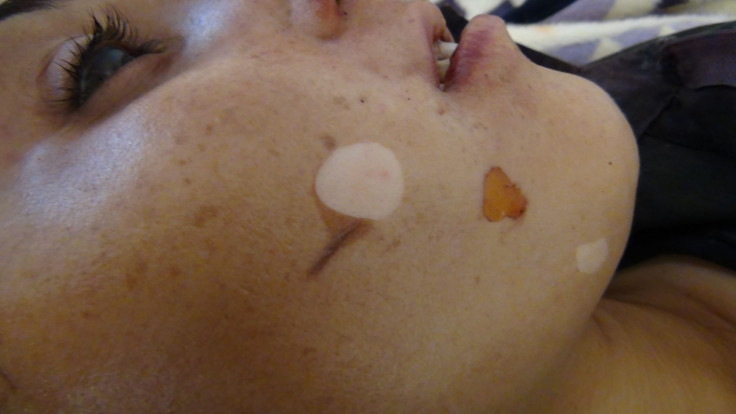ISIS May Have Chemical Weapons From Either Iraq Or Syria, But Can It Use Them?

As fears mount that the Islamic State group is now in control of chemical weapons, and that it may have used them in battles against Kurdish fighters in Kobani, questions remain about where exactly ISIS obtained the weapons from, and if it has the technical know-how it would need to threaten the world with them. The weapons may have come from Syrian dictator Bashar Assad's arsenals, and some of them may still be usable, if ISIS has trained, or has access to, people skilled in their employ.
Initial reports suggest that ISIS raided a Saddam-era chemical weapons factory in Fallujah, Iraq, in June, but the veracity of that scenario seems unlikely given the extensive search by U.S.-led coalition forces for weapons of mass destruction during the second Iraq war.
“We know that the Americans failed to find WMDs in Iraq,” said Dr. Igor Sutyagin, a senior research fellow at the Royal United Services Institute, a London-based independent think tank. “Yet a chemical weapons factory that was known to U.N. weapons inspectors in a major Iraqi city famous for producing chemicals was somehow unchecked? I find that hard to believe.”
The most damning evidence that ISIS used chemical weapons was from a Kurdish government official in Kobani, Nisan Ahmed, who said that three Kurdish fighters killed in fighting against ISIS on June 12 showed no signs of damage from bullets or blasts.

Instead, he found potential chemical weapons use. “Burns and white spots on the bodies of the dead indicated the use of chemicals, which led to death without any visible wounds or external bleeding,” wrote Ahmed in his report, which was cited in a report from Global Research in International Affairs on Oct. 12.

Sutyagin believes those weapons more likely came from a Syrian stockpile that was unaccounted for when the Syrian regime gave details of the country's chemical arsenal to the Organization for the Prohibition of Chemical Weapons, in preparation for destruction of Syria’s stockpiles. Syria has acknowledged only 19 chemical weapons sites, whereas unnamed Western intelligence sources quoted by The Economist believe the number to be closer to 45. Whether this discrepancy was due to deception or poor record-keeping is unclear.
The fact that ISIS may have actually managed to use the weapons means it is more likely that they were obtained from Syria, because the Iraqi stockpiles were largely in disrepair, as the New York Times reported in an investigation Tuesday, and would have needed expert maintenance to make the chemical warhead operable or to transfer it to a new bomb or rocket. The Syrian chemicals and delivery system -- grenade, rocket or otherwise -- would have been far better maintained and easier to use, Sutyagin said.
“Whether or not the Iraqi chemical weapons are still useable depends on the type of chemical inside and the quality,” he said. “But detaching the chemical warhead, while very dangerous, is possible if you have the expertise.”
However, it cannot be completely ruled out that the weapons came from Iraq. Most of the country's chemical weapons factories were destroyed during the first Gulf War, but two survived, according to a Defense One report from Oct. 14.
A largely overlooked news report from June says that ISIS took control of an old chemical weapons production compound in Fallujah, Iraq, that had been sealed with concrete and rebar by U.N. weapons inspectors in the mid-1990s. That sealed factory had been accounted for by U.S. forces during the occupation of Iraq, but any operation to reveal its full contents was hazardous, because a 2,000-pound unexploded laser-guided bomb from the 1991 war was stuck in one of its bunkers.
Despite Iraq joining the Organization for the Prohibition of Chemical Weapons in 2009, it took a further five years before it began to explore the factory, firstly sending in robotic cameras and sniffing devices to determine what was exactly inside.
© Copyright IBTimes 2025. All rights reserved.






















